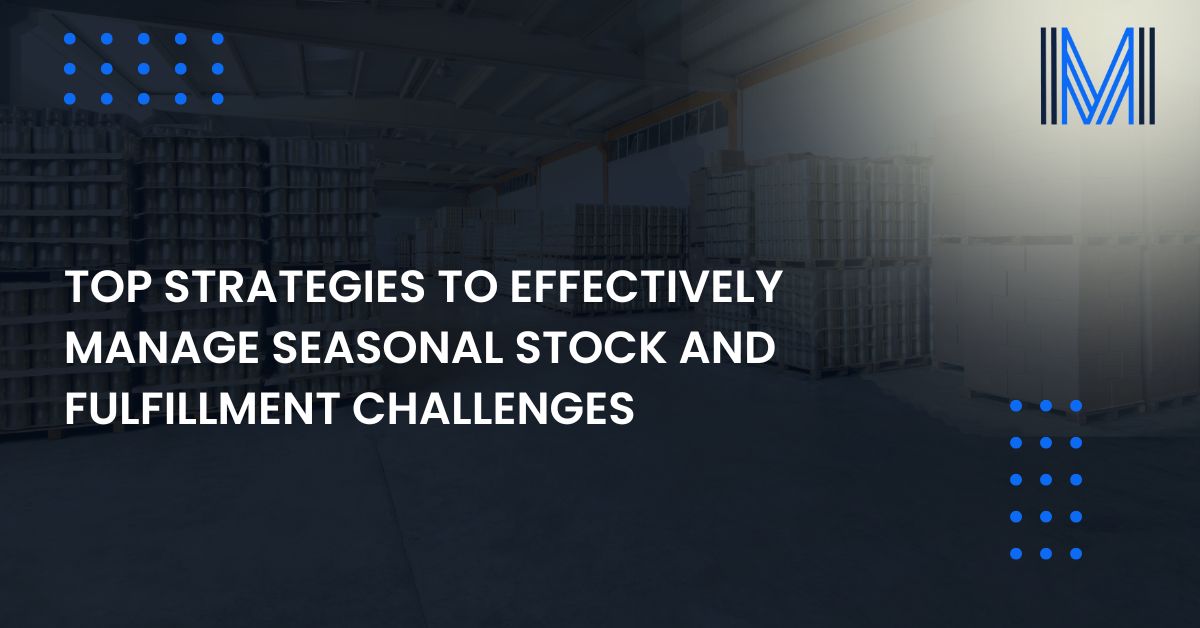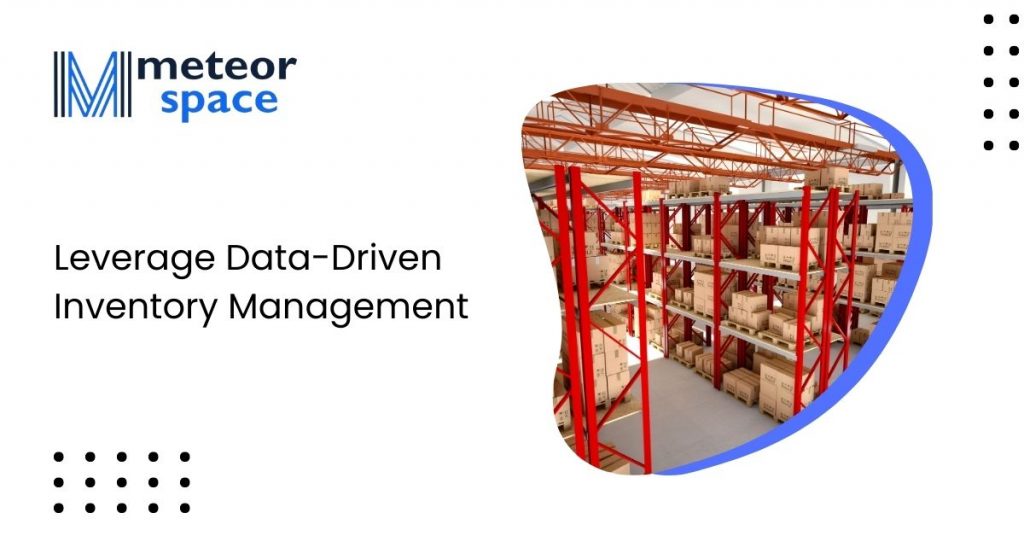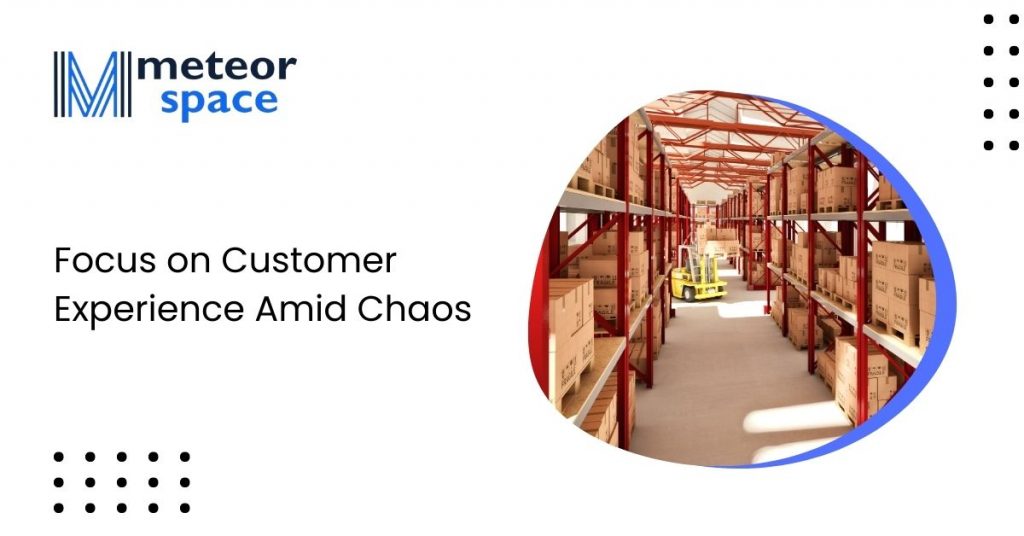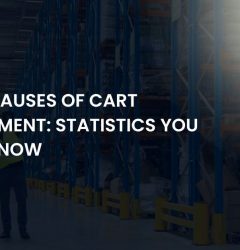11 Jun

The retail industry is currently experiencing dramatic fluctuations throughout the calendar year. Certain dates like Christmas, Black Friday, New Years, and back-to-school season drive massive spikes in consumer demand. For retailers, it’s essential to plan accordingly and stock the right inventory levels during these peak seasons.
While seasonal changes bring many opportunities for growth, they also pose significant operational complexities if not prepared effectively. Here, I will discuss some of the best strategies that warehousing and fulfillment companies like Meteor Space implement to conquer seasonal supply chain challenges.
Understanding Seasonal Retail Stock and Fulfillment Demand Patterns
The initial phase in tackling the issues related to seasonal retail stock and fulfillment involves comprehending the patterns of demand across various seasons. It’s essential to carry out demand prediction and examine past sales records to acquire a significant understanding. Important factors to take into account are:
- Identifying peak demand seasons – For many industries like clothing, toys, etc. demand spikes during winter holidays or back-to-school period.
- Analyzing year-on-year sales trend – This helps discern if demand is increasing or decreasing annually and by what percentage to plan capacities accordingly.
- Demand fluctuation by product categories – Some categories may see larger fluctuations than others. This information helps plan inventory effectively.
- Regional demand variances – Demand could vary across different regions within a country or continent based on lifestyle and climate. This is an important factor for companies providing multi-country fulfillment like Meteor Space.
- Macroeconomic and geopolitical factors impact – aspects like currency fluctuations, trade policies, economic growth rates affects seasons’ sales upshot.
- Customer purchasing pattern changes – Regular assessment is required to incorporate the impact of evolving online shopping behaviors and emerging marketplaces like Amazon on demand cycles.
Leverage Data-Driven Inventory Management

Predicting what customers will want accurately is crucial to avoid spending too much on products that don’t sell or too little on those that do. During busy times, even small mistakes in predicting demand can cause big financial problems from not selling enough or having too much stock. This is why it’s so important for stores to use strategies based on data.
High-tech tools for analysis and methods for predicting demand use customer information, giving importance to things like past purchases, product details, advertising efforts, and outside factors. This approach gives a much clearer picture of what customers really want instead of just taking the average of past years. With this information, stores can figure out the best amount of each product to keep by type, where it’s located, and when it’s needed.
For suppliers, there are many online platforms that offer the latest in supply chain management services. These platforms allow suppliers to keep the right amount of stock at stores based on current sales information. This helps stores save on resources while still keeping the right mix of inventory.
Optimizing Inventory Management
Uneven yearly demands significantly strain inventory control efforts, and inefficient methods can deplete available working capital. Forward-thinking third-party logistics providers, such as Meteor Space, utilize top-tier solutions to guarantee efficient inventory management throughout different seasons.
Some approaches involve:
- Implementing demand forecasting techniques incorporating past data, predictive analytics, even external economic indicators helps arrive at near-accurate replenishment, cancellation and purchase decisions in advance.
- Establishing flexible vendor management inventory programs so suppliers directly stock and replenish inventory at fulfillment centers based on consumption. This removes overstock risks.
- Investing in cutting-edge warehouse management systems (WMS) integrated with ERPs to gain real-time inventory visibility crucial for exception-based decisions.
- Adopting automated processes like put-away by location, wave-based picking, and dynamic slotting to boost storage and picking productivity.
- Leveraging flow racks, dynamic shelving, and carousels to maximize the storage capacity of existing infrastructure.
- Implementing lean practices like line-side replenishment, cross-docking, and synchronized deliveries to streamline receiving and put-away processes.
- Executing cycle counting rigorously with hand-held devices and reconciling daily. This prevents inventory inaccuracies from harming SLAs.
Such practices adopted proactively are instrumental in avoiding issues like shortages, overstocks, and expired goods that impact bottom lines during peak seasons. They really help companies seamlessly scale and maintain a lean seasonal fulfillment operation.
Focus on Customer Experience Amid Chaos

Optimal order processing and fulfillment are moot if customers grow impatient or dissatisfied during peak rushes. Customer service is mission-critical, yet difficult when call/chat volumes spike 500%+. Even minor delays can dampen the shopping experience.
Pre-emptive emails let customers know to expect longer lead times. Queued chat responses provide self-service info to address common questions. Informed agents apologize proactively, thank customers for patience, and reaffirm commitment to satisfaction. These small gestures make frustration feel understood and alleviated.
Automated shipment notifications at each step build transparency. Social proof, like photos inside busy fulfillment centers, engenders confidence that orders remain a top priority. Gift messaging, free upgrades for loyalty members, and charitable donations made in customers’ names foster goodwill. Empathetic communication is key to retaining loyalty, even during inevitable delays.
Opting for a fulfillment partner with a seasoned team, robust contact center infrastructure, and track record of reliable performance mitigates many problems. 3PLs offer scalable staffing models via seasonal hires and sophisticated AI assistants. High-capacity IT systems enforce consistent service levels. Together, these factors keep customers understanding and coming back year after year.
Preparing Storage Space for Seasonal Surges
Storage space must efficiently support volume spikes when using a centralized warehouse or distributed micro-fulfillment centers. Advanced warehousing design principles and careful inventory choreography optimize valuable real estate.
Modular fixtures allow for rapid reconfiguration to store seasonal items more densely. High-bay shelving with gravity-feed and/or conveyor extraction prevents back injuries while boosting picking speed. Sortation systems consolidate orders into optimized batches, saving labor hours.
Pull-by-type techniques cluster SKUs into frequency-based zones for faster picking paths. Color-coded totes and labels facilitate swift item retrieval. Cantilever racking stacks goods three deep for a 30% smaller footprint. Automated storage and retrieval systems (ASRS) multiply this further via robotics.
Collaborative robots (coBots) employ sophisticated computer vision to autograsp boxes, shrinking ergonomic risks. These technological investments maximize usable floor space per square foot, an invaluable asset during peak times when every inch counts. Well-designed storage flows make the difference between meeting or missing service-level commitments.
The Wrap
In essence, taking a well-thought seasonal planning and preparedness-focused approach equips companies to tackle supply chain complexities created by erratic demand cycles effectively. While seasonal changes pose uncertainties to seasonal retail stock and fulfillment, leveraging proactive warehousing strategies, smart technology, collaborative ecosystem, and engaged talent allows agile companies to power through challenges. Done right, seasonal peak fulfillment can boost revenues, too, by adding new subscribers, increasing repurchases, or upselling. With proper analysis and will to optimize, any business can emerge victorious against the seasonal test of time!
We all know that no one conquers seasonal complexities alone – enlisting expert wisdom from elite 3PL partners like Meteor Space streamlines success. Are you ready to take your business to the next level? Contact us now!



